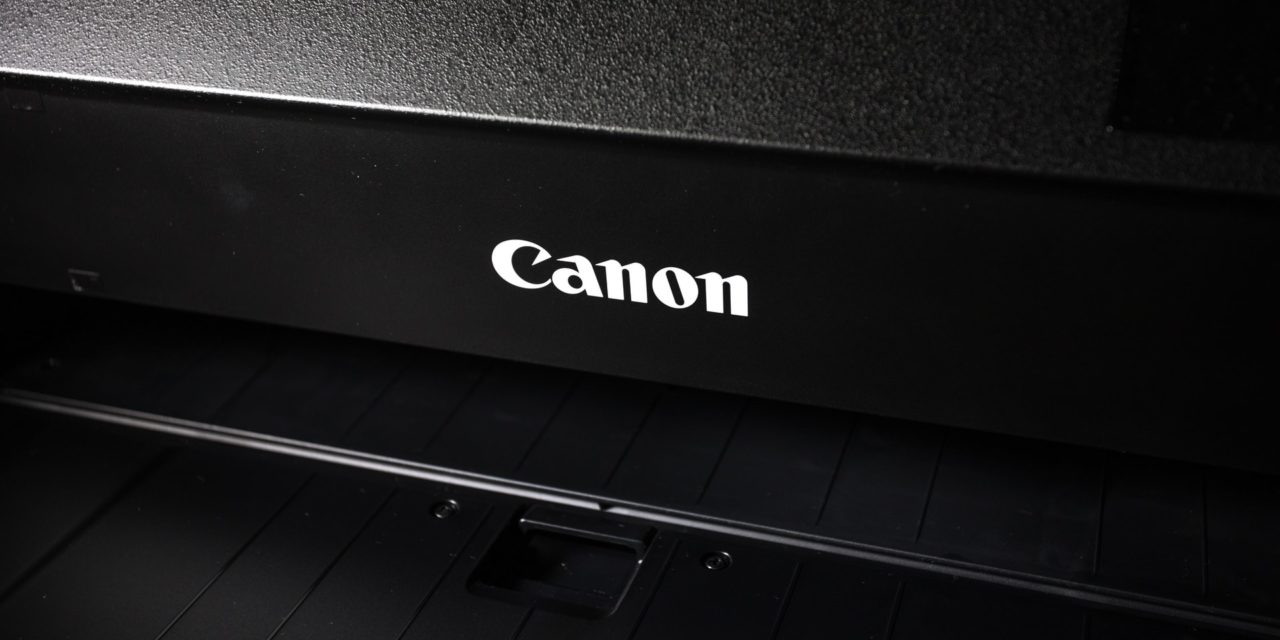[ad_1]
Print quality is a major issue for all print business professionals. If you're working with high volumes or dealing with graphic image values, you're dealing with multiple factors. Print media quality, GSM, DPI, and printer capabilities can save or cost a fortune. There are ways of handling these issues that can prevent problems and avoid the hazards. Your inkjet cartridge and laser toner are where you start getting your print quality right.
Printers- Getting the performance parameters right
Your printer can help a lot with the quality issues. You will have noticed quite a lot of blurb on the printer's packaging and in the user manual and online which looks like techno-babble. It isn't, unreadable though it may seem. It's the performance information your printer, and covers a lot of performance issues.
It's strongly advised to try out your printer with some basic print jobs to check quality issues. The Text, Photo, and Mixed Media/ Data settings are particularly important. Results may vary, but this will show you which of the basic default settings works best.
If you're using software like Adobe Photoshop, you'll also find that this software can help with picture setup specifications. Check out these specifications in comparison to the printer parameters, and you'll find that's almost always where the issues are. You may have to reset a print for your printer's capabilities, but it will do the job properly.
Print media- Paper, card, photo paper, and quality
Your print media is the other big issue with modern printers. You'll have noticed that some paper is like blotting paper, and other types are more like card, with prepared surfaces like photo print paper.
The story here is that the lower grade pulp paper is often exactly what you don't want. It's rough, it's too absorbent, and the printer ink gets scrambled when placed on the paper, even in microscopic amounts. Good quality paper produces pretty accurate prints.
Printers can take card, but high density card may create feed problems. This paper doesn't like bending, and it can react. Some card also has different reactions to ink applications. It may be fine for lasers, and terrible for ink cartridges. Make sure your printer can handle it, before trying any prints.
GSM and DPI- working with the dots
GSM means “grams per square metre”. It's a measure of paper density, and therefore print characteristics. High GSM means heavy paper. That may raise printer issues, if it doesn't feed properly, or it's slow, and spreads ink where it's not supposed to be.
DPI means Dots Per Inch. It's a measure of the application of ink dots on that basis, and it's adjustable. If you're getting your settings right, and the paper's producing garbled prints, there's your problem.
Getting the right performance
A little patience goes a long way with printers, and you'll find that you can see the problems easily enough when you know what to look for.
[ad_2]
Source by Shane Gooding

